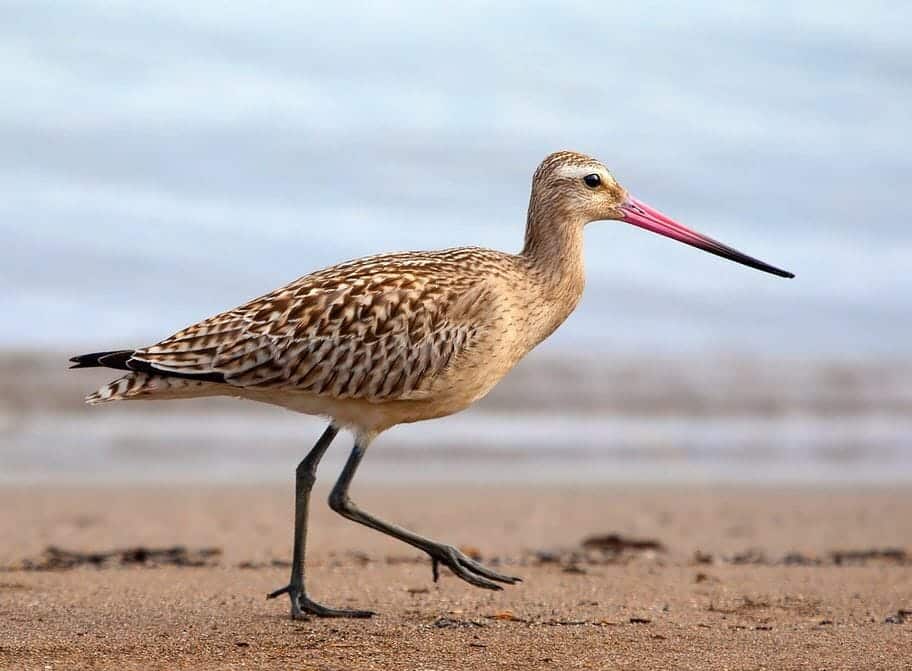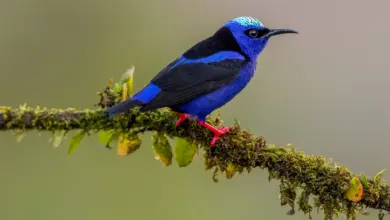Sick’s Swifts
The Sick’s Swifts (Chaetura meridionalis) is a species of swift in the Apodidae family. It was previously considered conspecific with the smaller Ashy-tailed Swift, but Marín (1997) found that Sick’s Swift was closer to the Chimney Swift.
Distribution / Habitat
It breeds in south-eastern Brazil and adjacent parts of Argentina, Paraguay and Bolivia, but is believed to spend the Austral (Southern Hemisphere) winter further north in the Amazon basin, northern South America and Panama.
Its exact wintering range is, however, poorly known due to the highly complex matter of field identification of a number of very similar Chaetura swifts found in central and northern South America.
In addition to the previously mentioned countries, there are records from Colombia, Venezuela, Suriname and French Guiana.
The preferred habitat is forest and woodland, but it can be seen flying over virtually any habitat during migration.
It is generally common, but confirmed records outside its breeding range (where it is the only large Chaetura swift, and therefore relatively easy to identify) are infrequent.
Swift Information … Swift Species Index … Swift Species Photo Gallery
Description
Upperparts dark smoky brown. Rump and upper tail-coverts smoky tail. Tail ashy grey with dark shafts and protruding spines, Throat grey, lower underparts dark brown, bill and legs black.
Sick’s Swifts feeds in flight on flying insects. It is often low over roads or clearings in the morning or evening, rising high above the forest, often with other swifts, in the middle of the day.
Breeding / Nesting
The nest, typically placed in a chimney or a hollow tree, is an open cup similar in construction to that of the Chimney Swift. Constructed almost entirely of one type of dry leaf stalks having a length of 5 cm.
The structure of the nest lacks density and is transparent. Adhesive saliva is used on the place of the attachment of the nest and to a lesser degree on its front side. The nest does not have a rear wall, which is represented by the side of the tree. the breeding period of the Chaetura corresponds with the end of the dry season to the beginning of the rainy period. The nest is reused until it falls down, on which occasion the same location is used to built a new nest.
Clutch size is 3-5 eggs, the female incubates but both parents feed the young.
References
- BirdLife International 2006. Chaetura meridionalis. 2006 IUCN Red List of Threatened Species. Downloaded on 24 July 2007.
- species account in the Surinam birdguide
- Marín, M. (1997). Species limits and distributions of some New World Spine-tailed Swifts (Chaetura spp.). Ornithological Monographs 48: 431-443.



